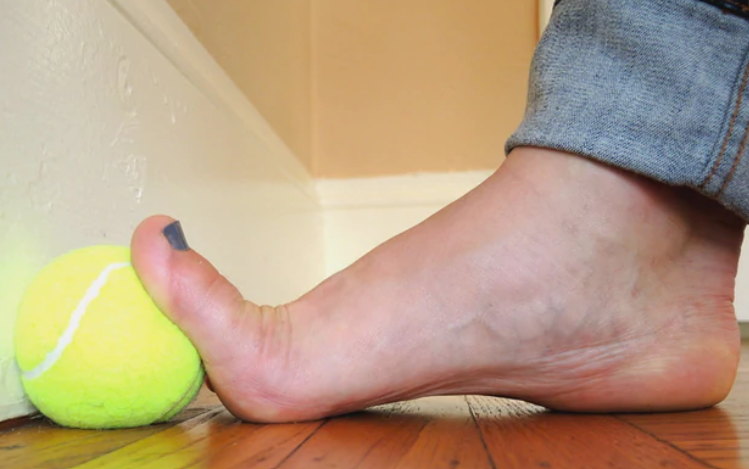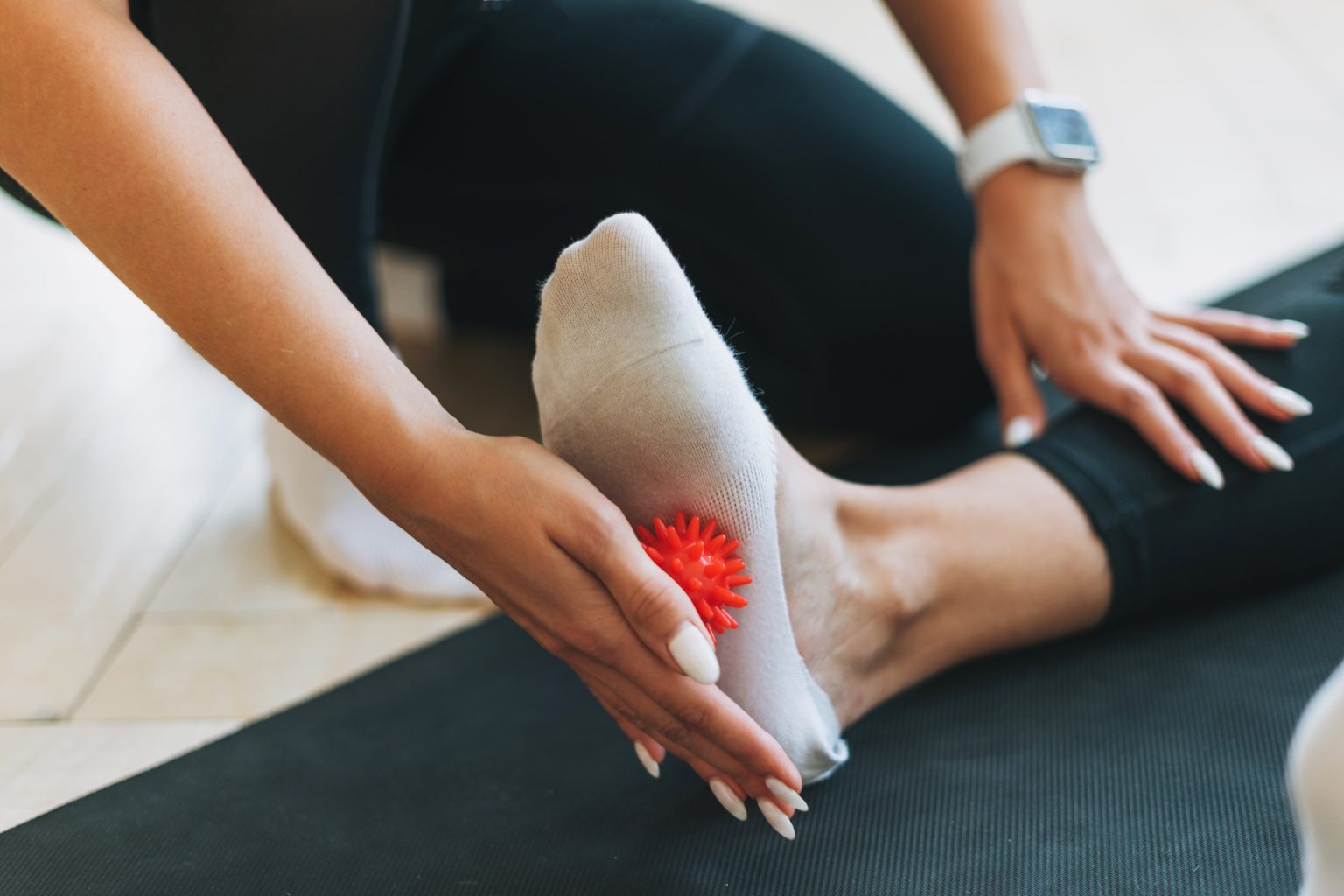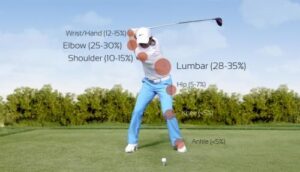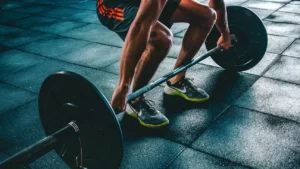1) What are flat feet?
Pes planus commonly referred to as “flat feet”is a relatively common foot deformity and is defined by the loss of the medial longitudinal arch of the foot when the foot contacts the ground.

2) Function of the medial arch & what happens in flat foot?
The arch serves as an adaptive flexible base and acts like a shock absorber to feet in dissipating the forces of entire body on wider region of the foot. Flat feet, on the other hand, tend to be hyper-flexible and prone to over-pronation which increases the amount of stress, pressure, and strain on the inside of the foot and ankle.Dysfunction of the arch complex alters the biomechanics of the lower limbs and lumbar spine increasing strain on muscles, bones, and joints throughout the feet, legs and back.

3) Problems associated with flat feet in athletes?
- Foot pain:This the major symptom of flat feetis due to strained muscles and connecting tissues; Pain along the course of the posterior tibial tendon (PTT) and inability or pain upon attempting a single-leg heel rise
- Uneven distribution of body weight with resultant one-sided wear of shoes leading to further injuries.The atypical wear and tear of footwear at times might be the clue for diagnosis.

- Ankle injuries: Ankle injuries are common among athletes who play sports like football and basketball. Flat feet being more flexible chances of ankle sprains are higher.
- Physical foot changes: Long standing flat feet may cause major changes in the foot like Bunion, hammer toes, contracture of feet and ankle muscles at the lateral compartment, hindfoot and midfoot arthritis.
- Back, Hip and Knee ailments: Altered biomechanics because of flat feet puts extra workload on back, hip and Knees.

4) Types of Flat feet?
- Flexible flat foot – When the arch of the foot is intact on heel elevation and non-bearing but disappears on full standing.
- Rigid flat foot – When the arch is not present in both heel elevation and weight bearing. Rigid pes planus is rare. It usually develops during childhood, but it can occur at any point in life. It develops from the tarsal coalition, accessory navicular bone, congenital vertical talus, or other forms of congenital hindfoot pathology.
5) Causes of Flat Feet?
Pes planus can either be congenital or acquired.
- Congenital fairly common in infants and young children secondary to ligamentous laxity and lack of neuromuscular control. Most children develop normal arches by age 5 or 6. Most cases of pes planus in children are flexible.Obesity in children is significantly correlated with the tendency of the longitudinal arch to collapse in early childhood.
- Acquired
- Posterior tibial tendon dysfunction – Commonly seen in females above 40 years with obesity and diabetes. It can also occur in adults with congenital pes planus, especially those who participate in repetitive high impact sports such as basketball, running, or soccer.
- Trauma to the midfoot or hindfoot resulting in navicular, first metatarsal, calcaneal, or Lis-Franc ligament complexmore commonly malunion of those fractures.
- Associated with conditions of ligamentous laxity – Downs syndrome, Marfan’s syndrome or ehlerdanos.
- Inflammatory or degenerative arthropathy viz rheumatoid arthritis, seronegative arthropathy
6) Treatment:
Flat feet shouldn’t keep theathletes grounded. Having flat feet doesn’t necessarily mean one can’t be good at sports or physical activities. Most of the people with flat feet are asymptomatic, they do not require any treatment.
However, a small percentage of individuals with flat foot can be symptomatic, & need meticulous work up and systematic rehabilitation.
Modalities of treatment:
I. ARCH SUPPORT: Insoles or custom orthotic inserts to support the collapsed arch. With appropriate orthotic support biomechanics of lower limb is corrected in individuals with flexible flat feet. Also back, hip and knee pain secondary to flat feet tend to improve.


II. PHYSICAL THERAPY MANAGEMENT:
GOALS:
- To minimize pain
- Improve foot flexibility
- Strengthening of weak muscles
- Proprioception training
- Patient education and reassurance.
a) Pain Management: Cryotherapy, Massage or Ultrasound for pain relief and to relieve oedema. Electrical stimulation can also be used to improve vascularity and promote vascularity.
b) Foot Flexibility Exercises: Passive ROM of foot and ankle joints, Heel-cord stretch for the Achilles tendon and calf muscles to relieve tight heel cord and stretching of peroneus brevis muscles to facilitate varus and foot adduction.
c) Strengthen weak muscles: Strengthening of tibialis posterior muscles with TheraBand. Intrinsic muscles of foot and plantar muscle strengthening exercises with to prevent flattening of the arch.Toe and heel walking, Single leg weight bearing.

Tibialis posterior strengthening exercise with TheraBand – Forearm is placed between knees to stabilise legs, then the foot is slid along the ground towards midline. This is also done with resistance applied at 45-degree angle using TheraBand.

Heel rise exercises to train tibialis posterior. A ball is squeezed between the heels as you rise up on your toes to aid in heel inversion.
d) Proprioception training: Toe clawing of towel and pebbles, forefoot standing on a stair, Toe and heel walking to maintain viable arches.


e) Counselling on proper foot wear and insoles. Encouraging weight loss in obese individuals through exercise and dieting.
III MEDICAL/SURGICAL MANGEMENT:
Treatment is based on aetiology and NSAIDS for pain.
Surgery is required in rigid pes planus and in cases resistant to therapy to reduce symptoms. Most surgical methods aim at realigning foot shape and mechanics. These surgeries could be tendon transfers, realignment osteotomies, arthrodesis and where other surgeries fail, triple arthrodesis is performed.
Does flat feet compromise athletic Performance?
Researchers in various previous studies have analysed children with varying degrees of flat feet were tested for flexibility, balance and force production.Researchers concluded no disadvantages in sporting performance due to flat-footedness. Children withflat and children with “normal” feet were equally successful at accomplishing all motor tests; suggesting thatthere is no need for treatment of flexible flat feet with the sole purpose of improving athletic performance.




